Many people use gas stations every week but probably don't think about the history behind them. These photos from Chicago Public Library Digital Collections illustrate how gas stations have changed in Chicago since the early 1900s.
This first photo taken in 1906 shows an early filling station and garage at Broadway and Devon Avenue. It has no gas pumps or service bays. Gasoline was initially sold in canisters.
The second image is a postcard of the Super-Service Stations No. 2 located at 6919 Stony Island Avenue around the year 1925. Four gas station attendants are pictured in uniform. This postcard is part of the Chicago City-Wide Collection, located in Special Collections at the Harold Washington Library Center. It's in Box 139, Photograph 21.196.
On the back of the postcard, the service station advertises car washes for $1.50, Shell gas and all grades of oils. Car washes were an added service.

This photo from 1954 shows an attendant pumping gas at a service station located at 3041 W. Foster Avenue.
Here is a gas station from 1970 located at 152 E. Kensington Avenue featuring two gas pumps, a service bay and tires for sale.
This photo taken in 2001 shows a gas station at 4800 N. Ashland Avenue and features a convenience store, a service bay and many gas pumps.
In the time between the photo from 1970 and the one from 2001, many changes took place at gas stations. The biggest change happened in 1977, when Governor James R. Thompson lifted the state-wide ban on self-service pumps at gas stations in Illinois. Some of the reasons for the hold out included concern about public safety, concern about job loss for gas station attendants and concern that drivers would neglect their cars if they weren't being regularly checked by the gas station attendants.
Those in favor of self-service argued that drivers in other states were safely pumping their own gas and drivers could save money by pumping it themselves. The new regulations required a minimum of one attendant to be on duty, mandated signage on the pumps notifying drivers to turn off their engines while pumping gas and prohibited smoking at the pump.
Illinois was one of the last states to allow self-service at gas stations. At the time of this writing, Oregon and New Jersey are the last two states which ban self-service pumps. Oregon is considering permanently lifting the ban due to the pandemic and a shortage of workers.
In the photo from 2001, you can still see the word "Self" above the gas pumps. This" alerted drivers that the gas pumps were self-service. In addition to self-service, some stations continued to offer full-service, in which a gas station attendant pumped gas, washed the windshield and checked the oil or tire pressure. Drivers needed to know which pumps offered which service so they could pull up to the appropriate pump.
Another change that took place at gas stations involved replacing service bays with convenience stores. Competition from specialty automotive and department store shops, like Sears Auto Center seen here at Lawrence and Ravenswood Avenues, led many gas stations to abandon repair bays and replace them with mini-marts.
Images in this blog are from the following Chicago Public Library Digital Collections:
- Chicago Department of Urban Renewal Records: Photographic Negatives Digital Collection
- Chicago Park District Records: Photographs
- Robert W. Krueger Photograph Collection
- Ravenswood-Lake View Community Collection
Thanks to the work of archivists and metadata catalogers, you can search for photos using keywords, street names, subjects, community areas, neighborhoods or by date.

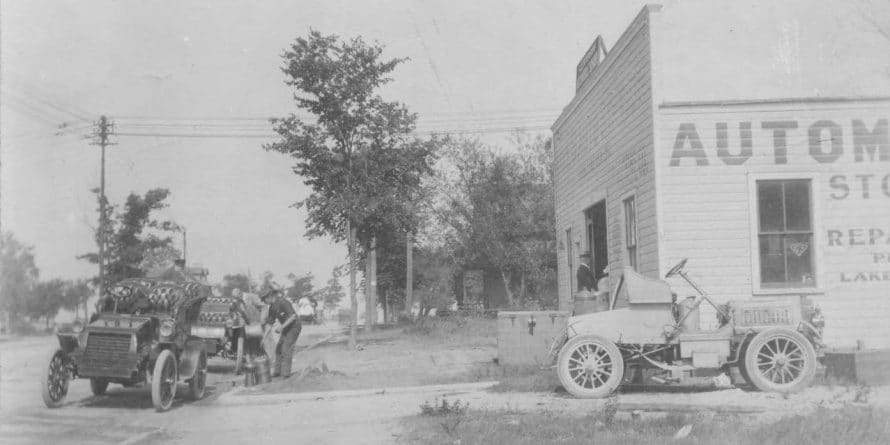
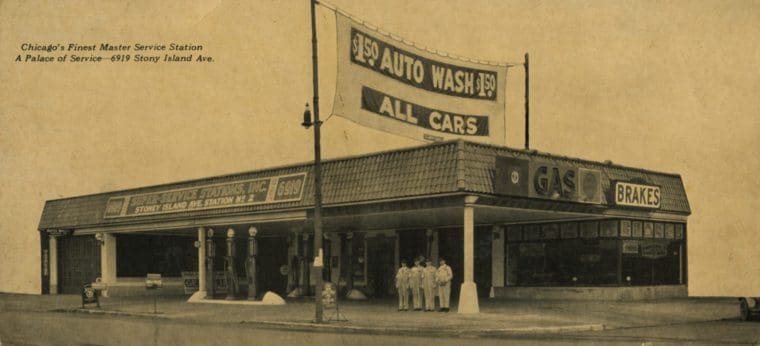
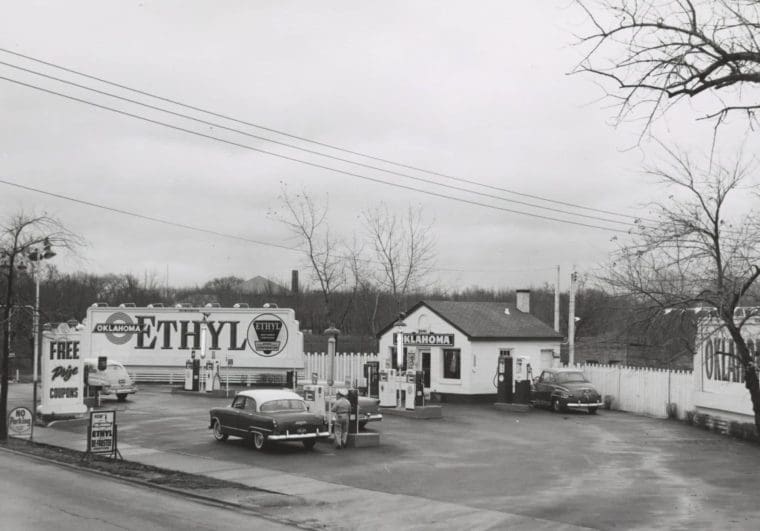

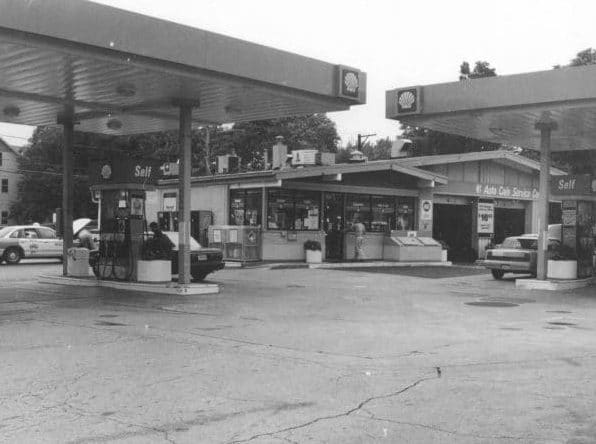
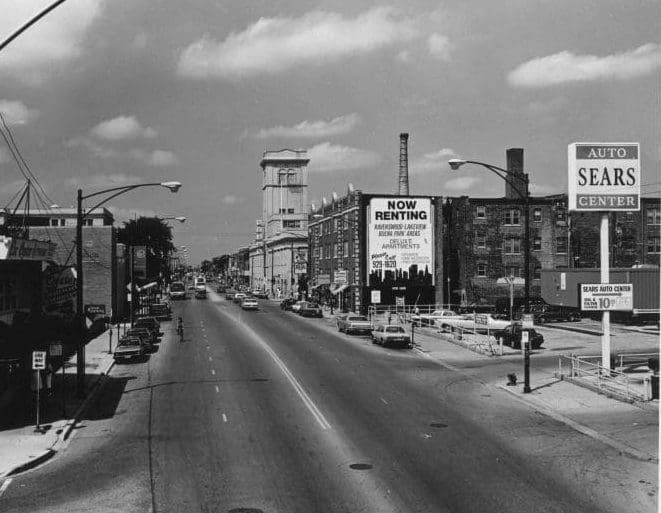


Add a comment to: Gas Stations: Photos from the Archives